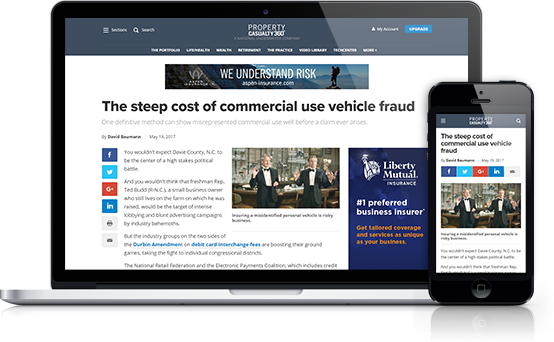The 2005 hurricane season has shown that you can never plan too much. Widespread human suffering, including massive displacement of a population center compounded by near total destruction of infrastructure, however, deemphasizes the catastrophic effect on businesses.
Businesses of all sizes were destroyed or completely shut down. As the most catastrophic hurricane season on record drew to a close, risk managers began to reflect upon what they could have done differently and how they might prevent or cope with a reoccurrence. Although it's impossible to avoid all the effects of a storm such as Katrina, certain lessons are valuable.
Even though natural disasters often can be anticipated, they are anything but predictable. A comprehensive disaster recovery plan prepared well in advance is one of the best means for minimizing a company's risk and damages. In the absence of a plan, responding to a disaster will require timely mobilization of resources, including employees, owners, management and business partners (such as suppliers, the community and government).
Recommended For You
Want to continue reading?
Become a Free PropertyCasualty360 Digital Reader
Your access to unlimited PropertyCasualty360 content isn’t changing.
Once you are an ALM digital member, you’ll receive:
- Breaking insurance news and analysis, on-site and via our newsletters and custom alerts
- Weekly Insurance Speak podcast featuring exclusive interviews with industry leaders
- Educational webcasts, white papers, and ebooks from industry thought leaders
- Critical converage of the employee benefits and financial advisory markets on our other ALM sites, BenefitsPRO and ThinkAdvisor
Already have an account? Sign In Now
© Touchpoint Markets, All Rights Reserved. Request academic re-use from www.copyright.com. All other uses, submit a request to [email protected]. For more inforrmation visit Asset & Logo Licensing.







